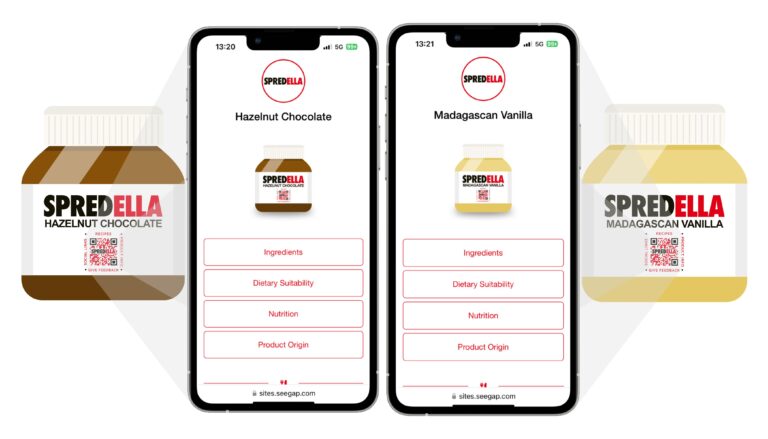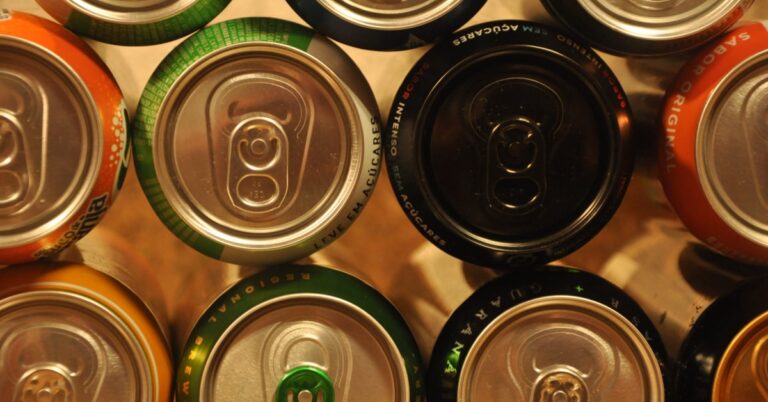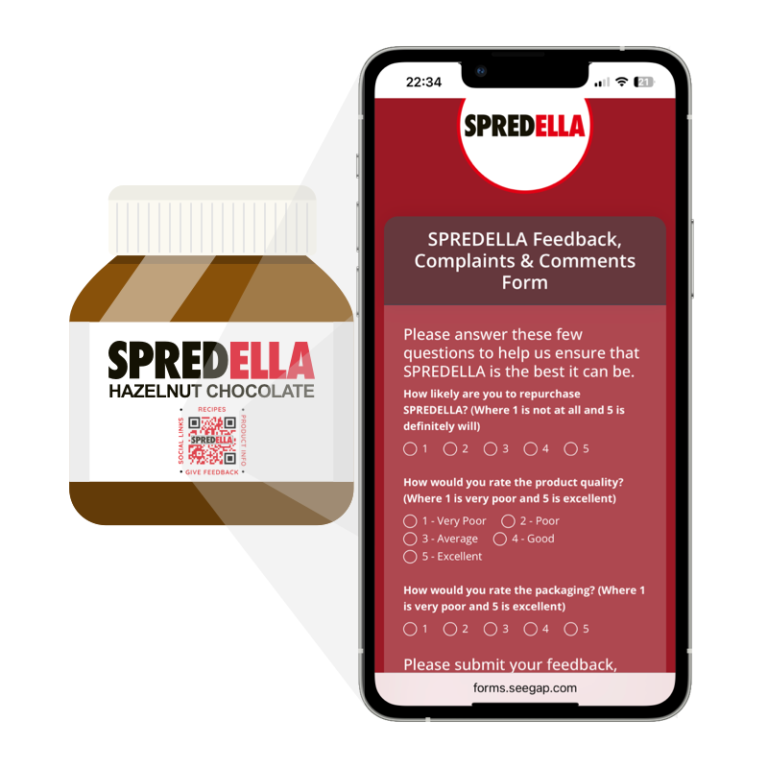Where should QR Codes on Product Packaging Send Consumers?
Have you recently made the decision to place a QR code on your product packaging? Maybe you’ve had a QR code on your packaging for a while now and you’re concerned it is not delivering value to you or your customers? Are you already thinking about the implications of QR codes replacing barcodes on all…


